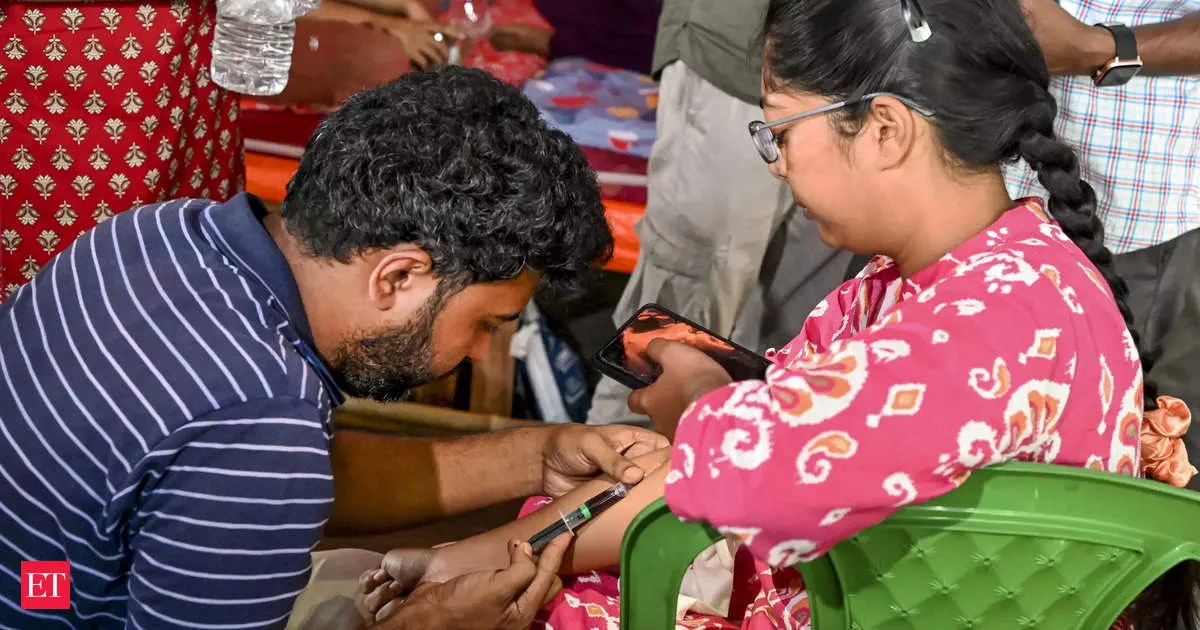Unsafe Workplace Conditions for Healthcare Workers in Indian Healthcare

Unsafe Workplace Conditions for Healthcare Workers in Indian Healthcare
Healthcare workers report feeling unsafe in their workplace, particularly in state and central government medical colleges. A comprehensive survey led by experts from Vardhman Mahavir Medical College (VMMC), Safdarjung Hospital, and AIIMS, New Delhi, underscores alarming deficiencies in security infrastructure.
The Workplace Safety and Security in Indian Healthcare Settings: A Cross-Sectional Survey, published in Epidemiology International, highlights the dire need for improving safety measures across healthcare settings. Conducted among 1,566 healthcare workers using an online questionnaire, results reveal that over 58.2 percent feel unsafe at work, with 78.4 percent reporting threats on duty.
Additionally, about 70 percent claimed that security personnel were ineffective. Deep dissatisfaction with existing security measures is prevalent, as many institutions lack essential safety protocols, creating a hazardous environment for both patients and staff.
Survey Findings and Recommendations
- Healthcare workers feel unsafe: 58.2 percent report feeling unsafe at work.
- Threats on duty: 78.4 percent experienced threats.
- Lack of dedicated duty rooms: Nearly half lack proper amenities.
- Ineffective security measures: 70 percent believe security personnel are ineffective.
- Urgent need for change: Recommendations include strengthening security in high-risk areas and improving duty room conditions.
The study calls for immediate action to address these gaps, enhance safety protocols, and ultimately protect healthcare workers and patients. For more details on the findings and recommendations, visit the original source.
This article was prepared using information from open sources in accordance with the principles of Ethical Policy. The editorial team is not responsible for absolute accuracy, as it relies on data from the sources referenced.